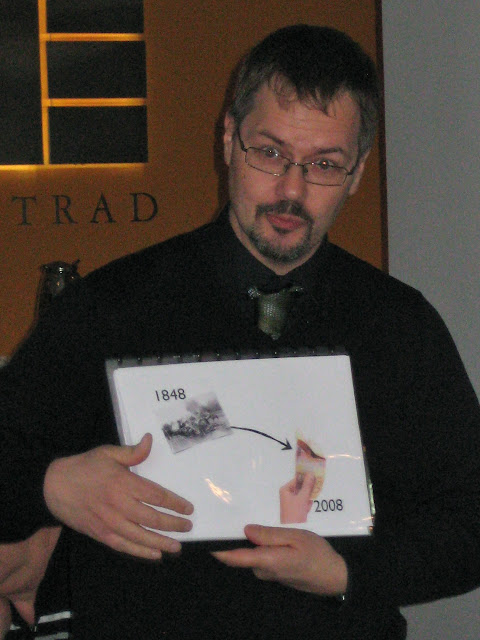If your company has meaning, write it down!

At first glance it may look as if most organizations do very well without having their values written down. However, this is only a surface impression, because all organizations are based on values. The most important concern how the organization views its customers and subcontractors – and how it treats its members. – From Kolindkuren , by Lars Kolind ( English version ) Lars Kolind was CEO of Oticon, a formerly successful manufacturer of hearing aids. The company eventually became a victim of its own success, and went into a seemingly unstoppable downwards spiral. Lars Kolind reorganized the company radically, turning traditional views about how a company should work on its head. His book, Kolindkuren, is a great example of a corporate guide: It is about meaning and values, yet contains a lot of practical advice useful to everyone . The ability to care and play nice is becoming an increasingly important success factor...







